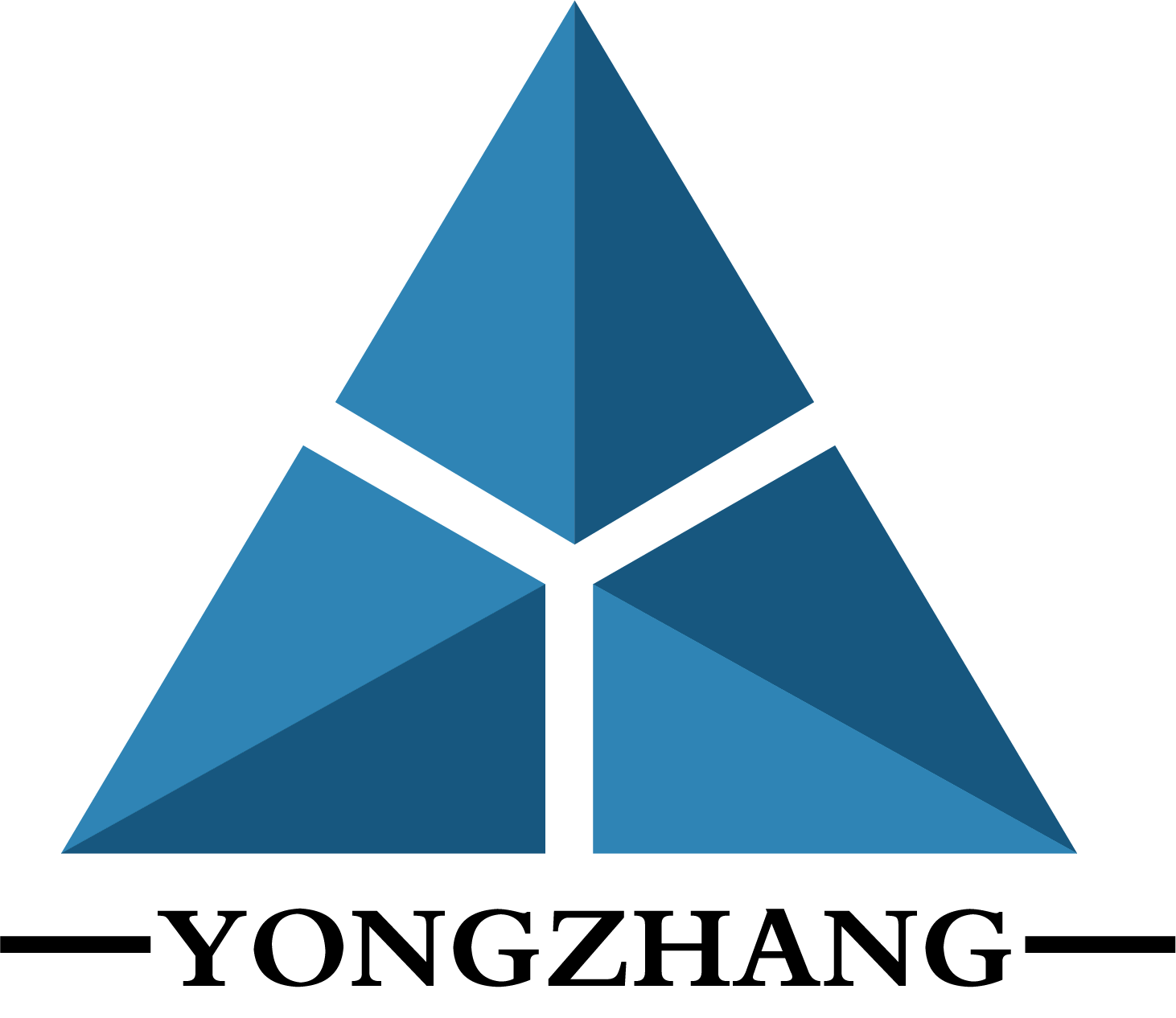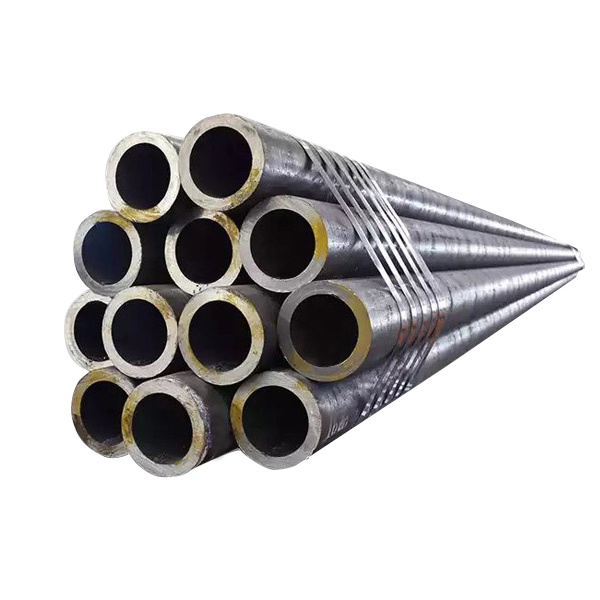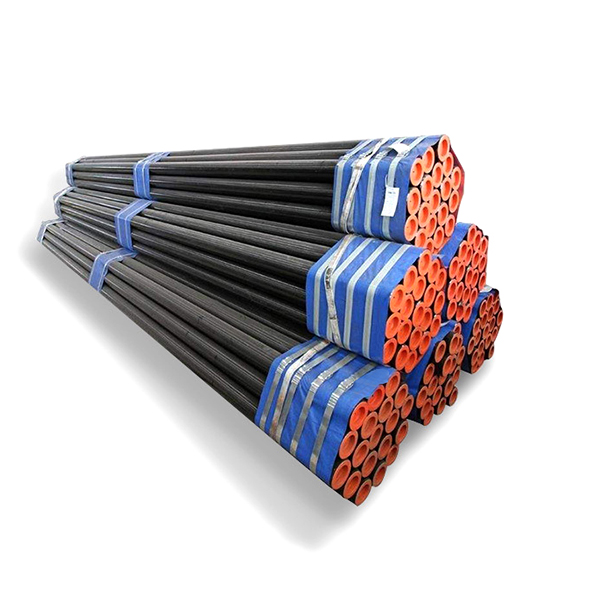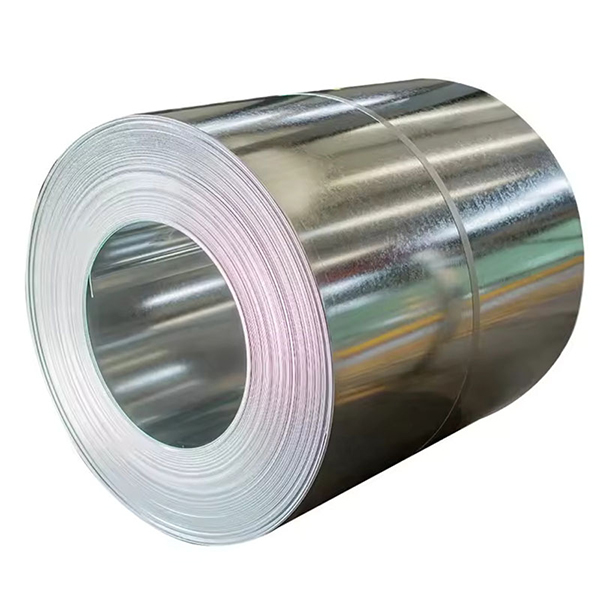The main factors influencing the hardness of carbon steel seamless pipes
The hardness of carbon steel seamless pipes is a very important mechanical property index. It directly affects the wear resistance, plastic deformation resistance and processing performance of the pipes. Its hardness is not a fixed value but is influenced by multiple factors and varies according to different application requirements.
The main factors influencing the hardness of carbon steel seamless pipes:
Carbon content
This is the most significant factor influencing the hardness of carbon steel.
Low Carbon Steel: The carbon content is usually lower than 0.25%, with lower hardness, good plasticity and toughness, and easy to process and weld, such as 20# steel.
Medium Carbon Steel: The carbon content is between 0.25% and 0.60%, with higher strength and hardness than low carbon steel, but the plasticity and toughness decrease. For example, 35# and 45# steel.
High Carbon Steel: The carbon content is higher than 0.60%, with the highest hardness, good wear resistance, but poor plasticity and toughness, and not easy to weld.
Heat treatment process
Carrying out heat treatment on steel pipes can significantly alter their microstructure and mechanical properties, thereby greatly adjusting their hardness.
Annealing: Reduces hardness, enhances plasticity, and improves processing performance.
Normalizing: Refines grains, increases strength and toughness, with moderate hardness.
Quenching: Significantly increases hardness, but makes the steel brittle.
Tempering: Conducted after quenching to reduce brittleness and adjust the balance between hardness and toughness.
Cold processing
Carrying out cold processing such as cold drawing or cold rolling on steel pipes will cause work hardening, thereby increasing the strength and hardness of the pipes. Cold-drawn/cold-rolled precision seamless pipes are usually slightly harder than hot-rolled pipes.
Alloying elements
Although it is "carbon steel", even a small amount of elements such as manganese and silicon, as well as the trace alloying elements added in some specific grades (such as vanadium, titanium, and niobium), can to some extent affect the hardness, strength and toughness of the steel.
The Importance of Hardness
Wear Resistance: Generally, the higher the hardness of steel pipes, the better their wear resistance, making them suitable for transporting abrasive media or components that need to resist wear.
Resistance to Plastic Deformation: Steel pipes with high hardness have a stronger ability to resist local plastic deformation, such as indentations and dents.
Processing Performance: Hardness affects subsequent processing, such as cutting, drilling, and welding. Excessively high hardness can increase processing difficulty.
Toughness: Hardness and toughness often have an inverse relationship. Excessively high hardness may indicate lower toughness, posing a risk of brittle fracture under impact loads.
Therefore, when choosing seamless carbon steel pipes, it is necessary to comprehensively consider the requirements for hardness, strength, toughness, weldability, and other properties based on specific application conditions, and select them in accordance with relevant standards.





